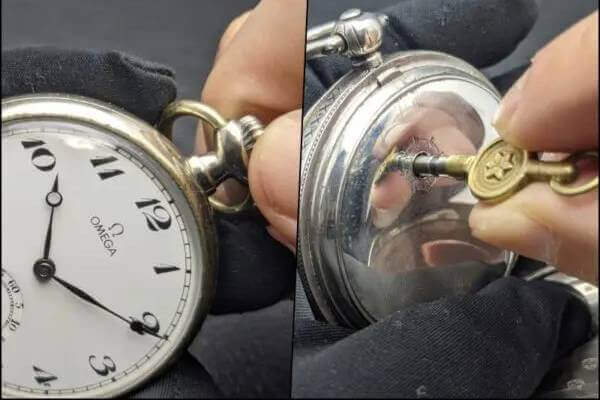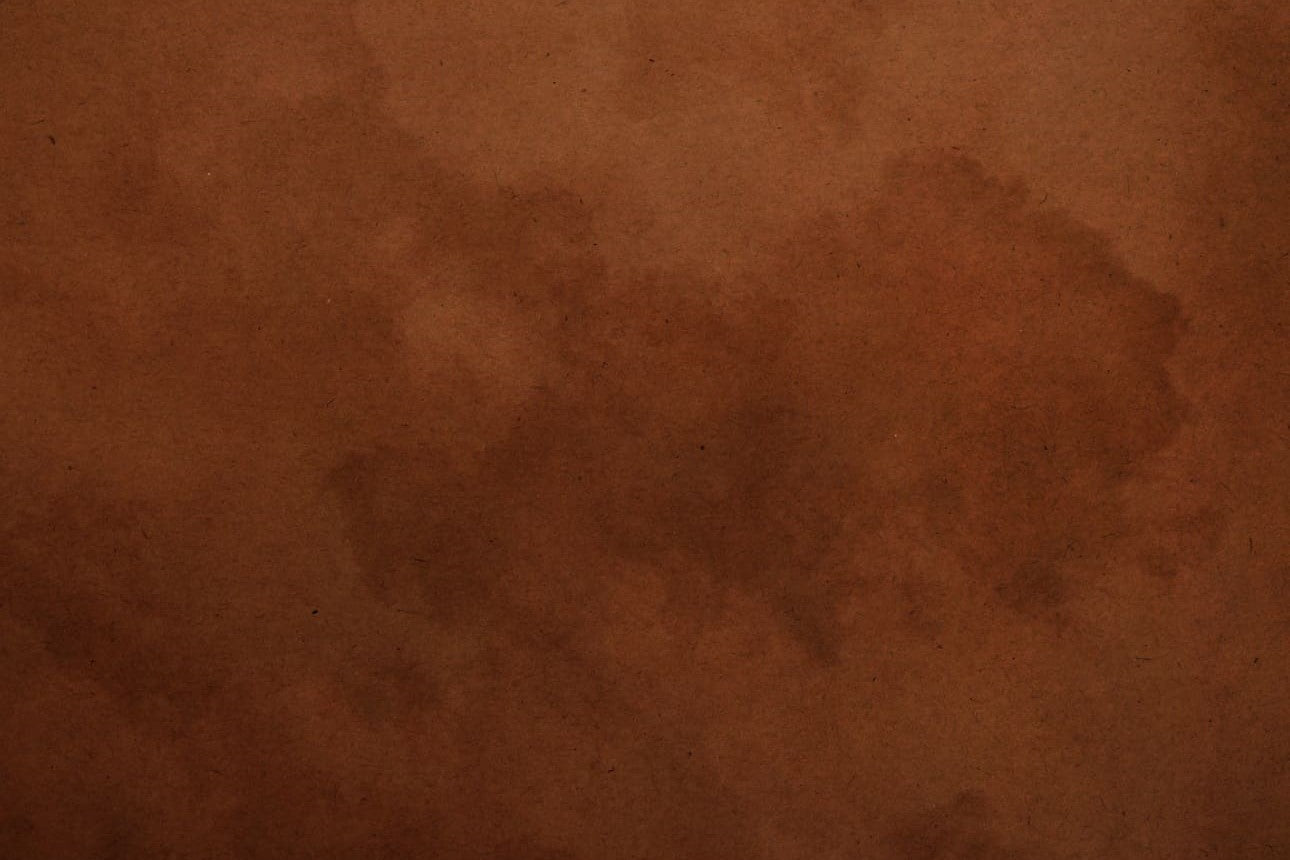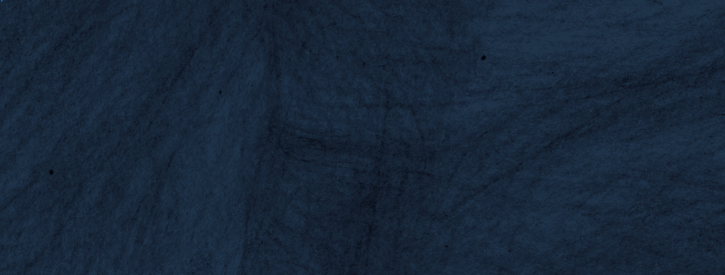How to wind the mainspring of a pocket watch
Posted by WATANABETAIGA

Power of mechanical watch
All antique pocket watches are mechanical watches powered by a mainspring .
Unlike quartz watches and digital watches, it does not use batteries or batteries.
The winding mainspring gradually unwinds to generate power.
The time from when the mainspring is fully wound until it stops is called the power reserve.
Antique pocket watches usually have a power reserve of around 30 hours .
In the past, people probably had a routine of winding the mainspring of their watches at a fixed time once a day.
There are two ways to wind the mainspring of a pocket watch: manual winding (crown winding) and key winding .
I'll explain each one of them, including some tips, along with videos.
Manual winding (crown winding)

This method winds the mainspring by turning the crown.
The crown is the notched rotating part on the top or right side of the watch, and pocket watches with this are hand-wound.
Originally, key winding was the mainstream, but by the end of the 19th century, hand winding became mainstream.

When winding the mainspring, hold the watch firmly so as not to drop it.
Pinch the crown with two fingers and turn it clockwise when looking from above.
It rotates in the opposite direction (counterclockwise), but it spins idly.
You don't need much force, so just roll it gently and slowly.
As you wind it, you will gradually feel resistance, and once the mainspring is fully wound, you will not be able to wind it any further.
Please do not apply any more force than that.

When winding the mainspring, it is better to hold the crown and rotate it in the opposite direction before winding, rather than turning the crown and then removing your finger to pick it up again.
This is because when you let go of your hand, a sudden force is applied to a small part called ``Kohaze'' that prevents the mainspring from reversing, which can cause failure if repeated over a long period of time.
Based on the above, I will explain it in a video.
key roll

If the watch does not have a crown, it will be key wound.


There is a keyhole where you can insert the key when you open the back cover.
If there is only one hole, it is the keyhole that turns the mainspring. If there are two, the one farther from the center is the keyhole for turning the mainspring, and the hole near the center is also for setting the time.
The size of the key is determined by the watch, so please use the key that matches the watch.

The direction in which you turn the key varies depending on the watch.
Swiss-made and American-made machines often turn right-handed, while British-made machines often turn left-handed.
Turn the key slowly and the direction in which you hear a clicking sound is the direction in which the winding will occur.
Please do not force it to turn as it will not turn to the opposite side.
Based on the above, I will explain it in a video.
FAQ
Is it better not to wind the mainspring all the way?
You may be told that it is better not to wind the mainspring all the way.
The reason for this is that when the mainspring is fully wound, the force exerted by the mainspring is large and puts a load on the mainspring and the parts, which can cause the mainspring to break and put stress on the parts.
From my experience, I don't think you need to worry too much about it, but if you have a valuable watch or a watch that is old and doesn't work well, you should be a little more careful.
Once you know how many times you need to turn the mainspring to fully wind it, try winding it about 80% of the time.
Can't wind the crown, the crown is hard
If you cannot wind the crown, it is most likely that the mainspring is wound and the watch does not work.
If you can wind the watch but the crown is stiff, there may be a problem with the crown.
The crown is the part of a watch that is moved most directly by hand and is subject to a lot of force, so it is easily broken.
It is basically a consumable item, so you will need to replace it when it becomes difficult to wind.
In either case, first consult a shop that can repair your watch.
Mainspring cannot be wound
No matter how many times you turn the crown or key in the correct direction, the mainspring will not stop winding.
In most cases, the cause is that the mainspring is broken.
Depending on how the mainspring is cut, even if the mainspring is broken, it may wind up a little and move for a shorter time than it should.
Either way, the mainspring will need to be replaced.
Like the crown, the mainspring is a component that is subject to stress, so it is basically a consumable item.
In the case of automatic winding machines, where the mainspring is automatically wound by shaking the watch, there is no chance of winding stopping, but there are very few pocket watches that are self-winding.
TAGS:
SHARE:











